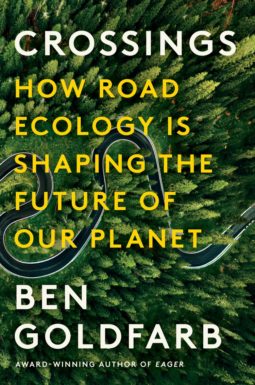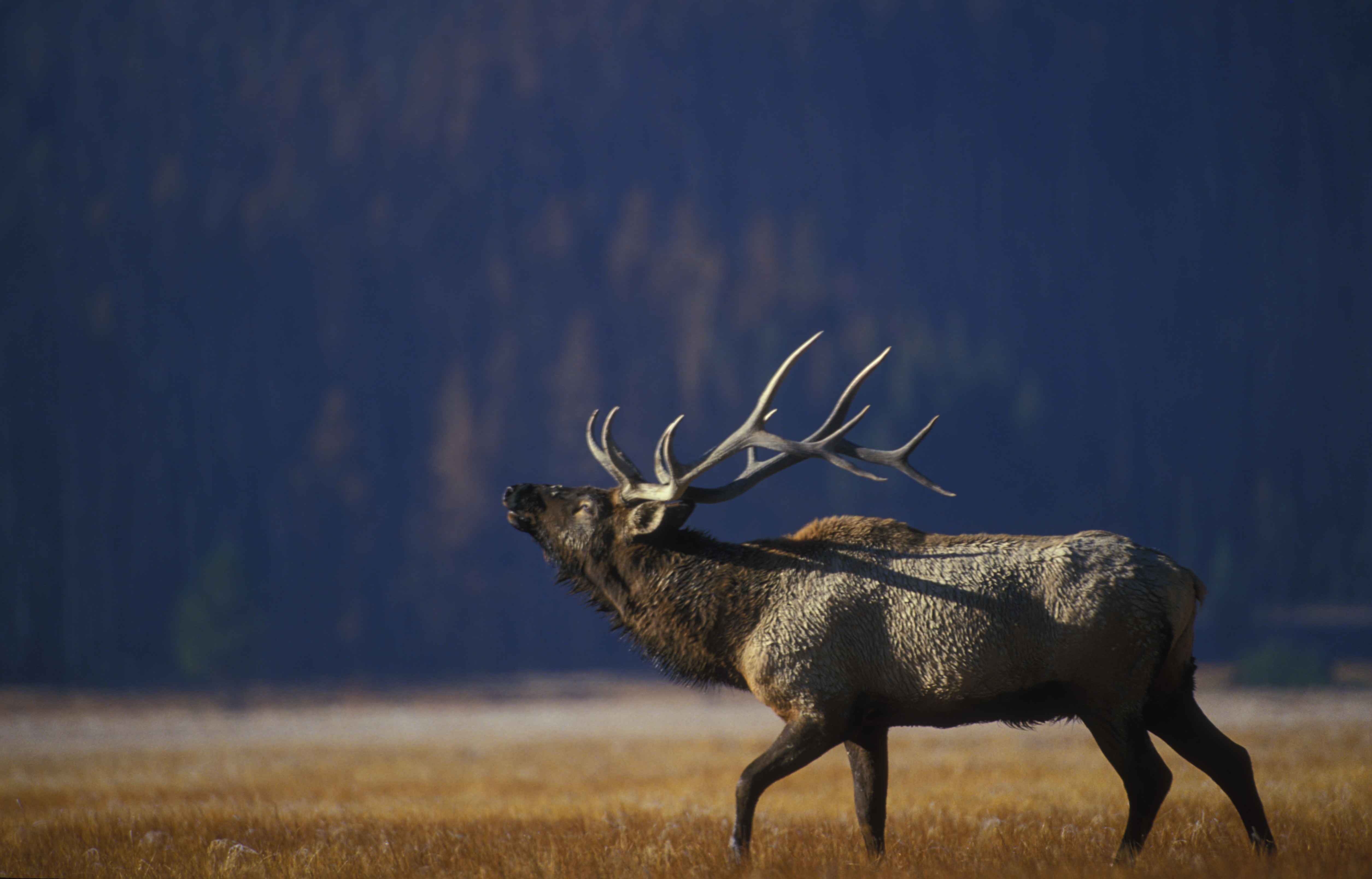
Helping Wild Animals Roam (start time: 3:29) Wild animals, whether buffalos or bats, need space to move around–not just to survive, but to forage, reproduce, migrate, and generally thrive as a species. But it’s getting increasingly difficult for so many species to do this, thanks to humans breaking up their habitats to build roads, fences, housing developments, croplands, etc. Of course, climate change, pesticides, and other stressors compound the problem. In this week’s (fall fund drive) show, host Susan Moran interviews Hillary Rosner, a local environmental journalist and University of Colorado Boulder assistant teaching professor of journalism. Her debut book, called Roam: Wild Animals and the Race to Repair Our Fractured World (Patagonia Works), will be released next week. In her reporting, Hillary digs into some of the threats to wildlife here in the U.S. and elsewhere, as well as bold efforts by individual humans and communities to repair and connect landscapes enough to let many animal populations thrive. And in many cases, helping wildlife move also helps human communities become economically and socially stronger.
Hosts: Susan Moran, Joel Parker
Show & Executive Producer: Susan Moran
Engineer: Joel Parker
Listen to the show here:
Podcast: Play in new window | Download (Duration: 27:30 — 62.9MB)
Subscribe: RSS




 COP16: Hope & Hurdles (start time: 1:20) On this week’s show, host Susan Moran interviews two conservation biologists at Colorado State University —
COP16: Hope & Hurdles (start time: 1:20) On this week’s show, host Susan Moran interviews two conservation biologists at Colorado State University —  Wildlife Crossings (start time: 0:58) In this week’s show, host Susan Moran interviews journalist
Wildlife Crossings (start time: 0:58) In this week’s show, host Susan Moran interviews journalist 


 Summer is a time to celebrate our bursting gardens. But you may be wondering why your neighbor’s garden seems to be attracting all the butterflies, honeybees and hummingbirds, while yours seems to be attracting mostly aphids and raccoons. Our guest, Alison Peck, owner of
Summer is a time to celebrate our bursting gardens. But you may be wondering why your neighbor’s garden seems to be attracting all the butterflies, honeybees and hummingbirds, while yours seems to be attracting mostly aphids and raccoons. Our guest, Alison Peck, owner of 
 Big Game and Climate Change (start time 5:00) Last week, the National Resource Council released some serious warnings about
Big Game and Climate Change (start time 5:00) Last week, the National Resource Council released some serious warnings about  Hour of Code (start time 12:30) Coding is not just a magic trick where ones and zeros make
Hour of Code (start time 12:30) Coding is not just a magic trick where ones and zeros make 
![hs-2011-23-d-web_print Pluto and its moons [click to enlarge] (credit: NASA, ESA, M. Showalter, Z. Levay)](http://howonearthradio.org/wp-content/uploads/2011/08/hs-2011-23-d-web_print-255x255.jpg)
